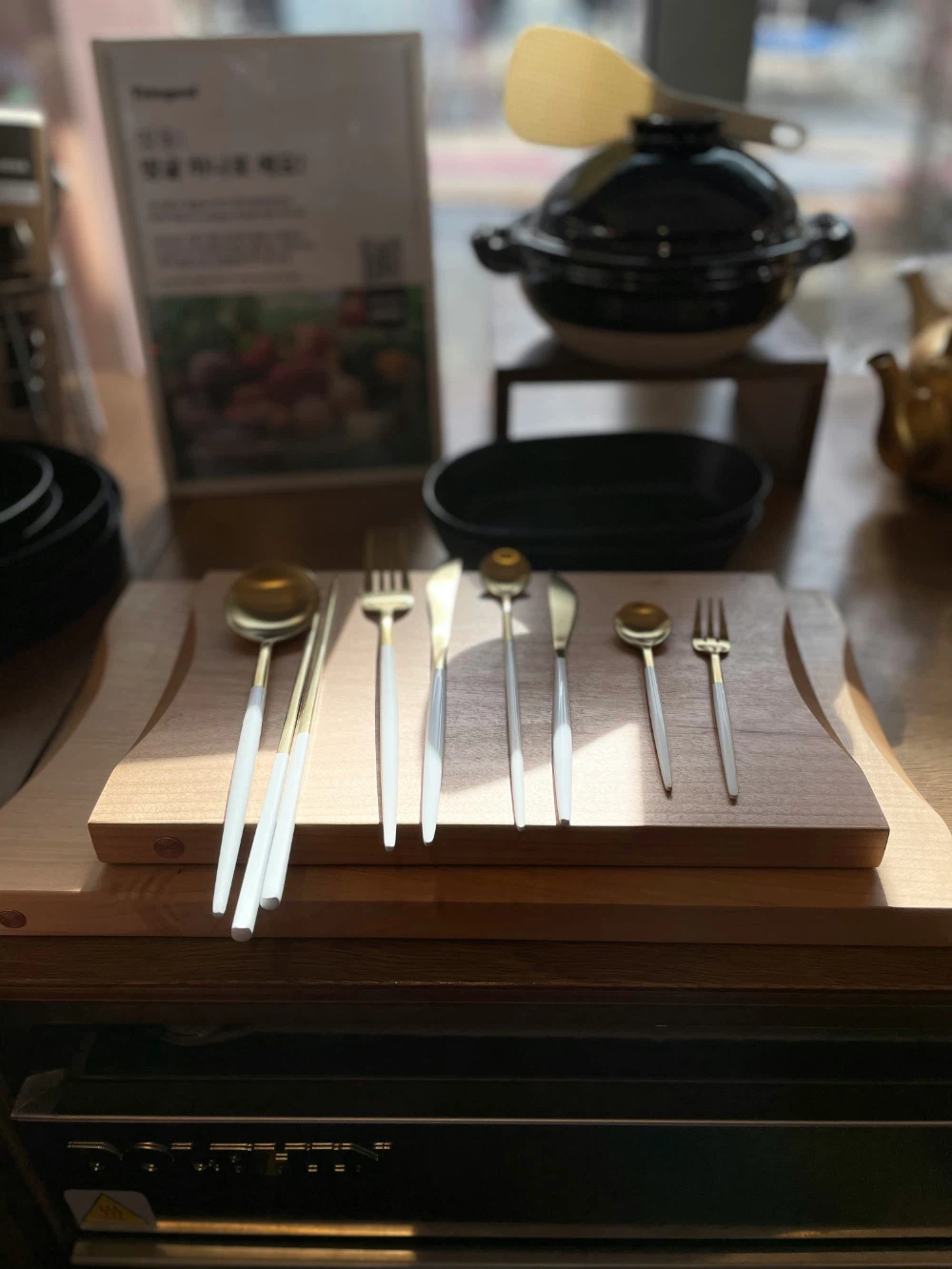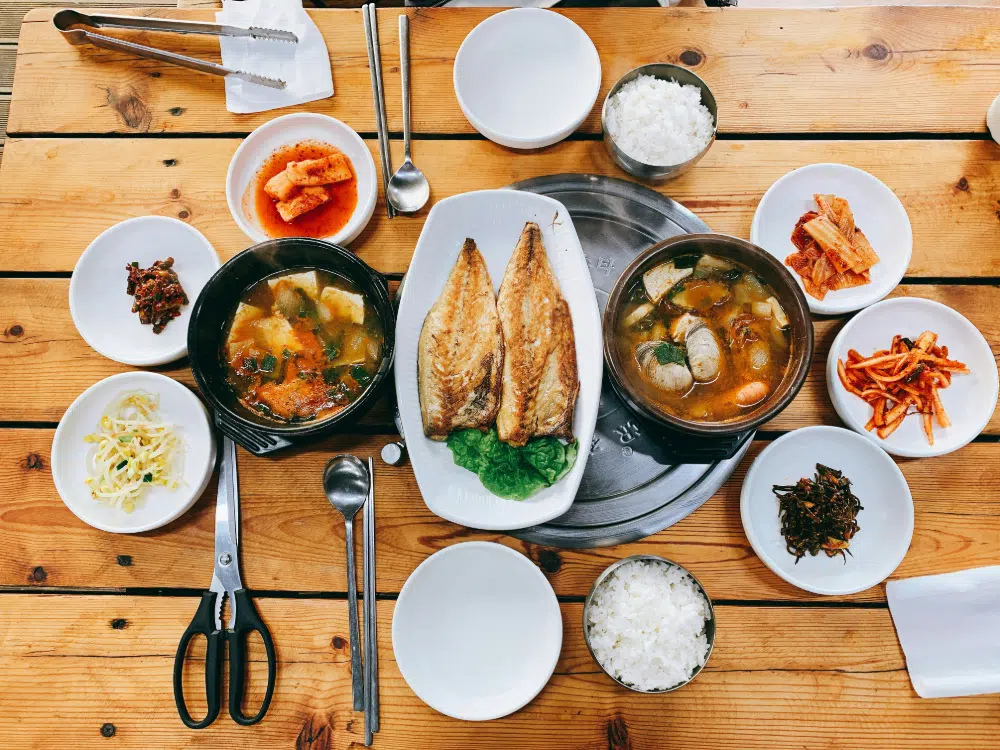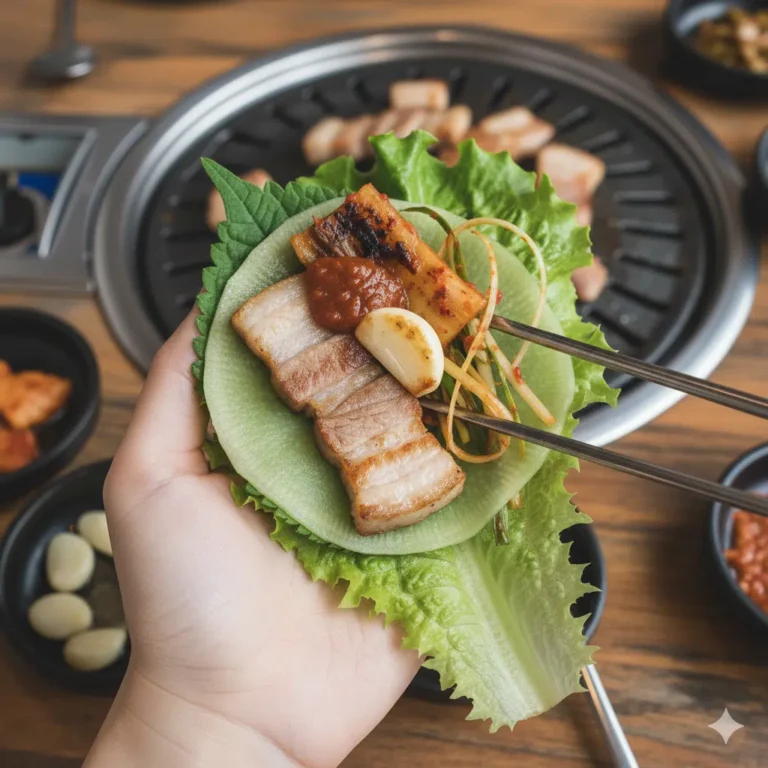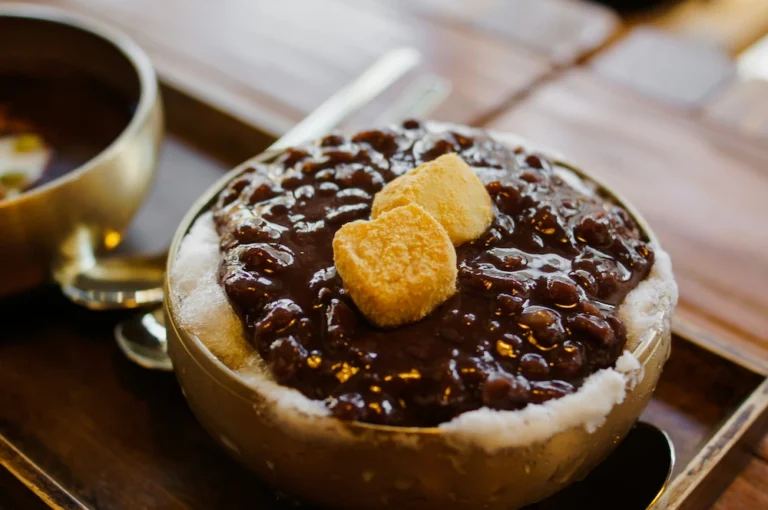Did you know? Korea Is the Only Country That Uses Metal Chopsticks
Why Korea Chooses Metal Chopsticks Over Wood: A Cultural and Practical Guide

Breaking the “Wooden Chopsticks” Rule
When you think of chopsticks, you probably imagine the disposable wooden kind you get at restaurants. But in Korea, things are different—metal chopsticks are the standard.
Why metal chopsticks? The answer for this unique choice lies in Korea’s cuisine, lifestyle, and history.
Why Metal Chopsticks in Korea?
Korean meals often include hot soups, sizzling barbecue, and oily side dishes. Wooden chopsticks could burn, stain, or wear out quickly. Stainless steel chopsticks solve these problems while offering other benefits:
- Heat resistance: Safe for handling boiling-hot dishes like kimchi stew.
- Durability: Won’t snap or splinter like wood or bamboo.
- Hygiene: Easy to clean and sanitize, unlike porous wooden chopsticks.

A Workout for the Brain and Hands
Metal chopsticks are more than just practical tools—they are a mini workout for your hands and brain. Because they are flat, smooth, and slippery, they require more precise control.
No wonder Koreans can pick up single grains of rice, slippery quail eggs, or delicate slices of jelly with ease—it’s a skill that amazes many visitors.
Fun Fact
✨ Studies suggest using stainless steel chopsticks activates the brain 1.6x more than wooden chopsticks and 2x more than forks!
From Royal Tables to Everyday Life
Interestingly, stainless steel chopsticks weren’t always common in Korea. The journey is deeply tied to history and even politics: Interestingly,
- Baekje Dynasty (18 BCE): Royals reportedly used silver chopsticks to detect poison in their food.
- Later Dynasties: Wealthy families favored gold or bronze chopsticks, while commoners still used wood.
- 1970s: With the rise of Korea’s steel industry, stainless steel chopsticks became affordable and spread nationwide.
Some historians even note that this cultural choice reflected Korea’s advanced metallurgy—skills that also shaped its modern industries like shipbuilding, semiconductors, and automobiles.

More Than Just Utensils

Korean chopsticks are always paired with a spoon, forming the iconic “Sujeo” (수저).
This duo reflects balance:
- Chopsticks: for side dishes
- Spoon: for rice and soup
The set is deeply ingrained in Korean culture, appearing in tomb relics, art, and even proverbs.
Experience Korean Dining Fully with Metal Chopsticks
Korea’s chopsticks tell a story of innovation, resilience, and cultural pride. More than utensils, they reflect Korea’s history, practicality, and attention to detail.
So when you visit Korea, challenge yourself to try stainless steel chopsticks instead of wooden ones or a fork—it’s a small yet meaningful way to connect with the culture and experience dining like the locals.
And above all, don’t miss the joy of tasting delicious Korean food—it’s the best way to truly experience the culture and everyday dining life.


